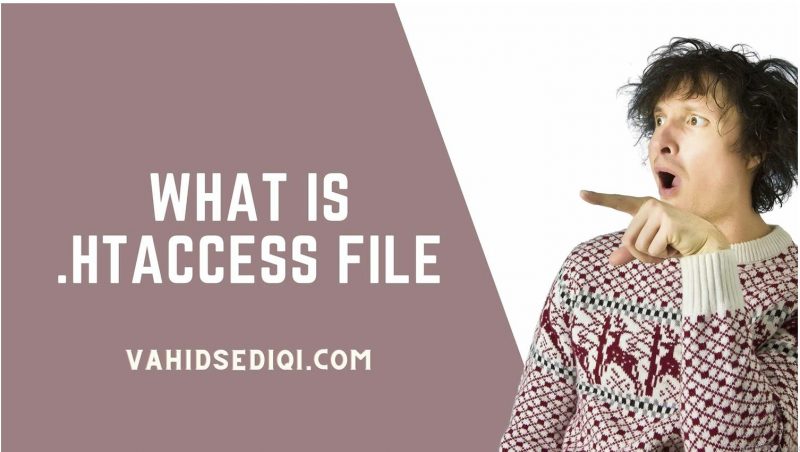The .htaccess File (Hypertext Access) is a file that allows you to make settings changes on web domains used by the network server, such as Apache. Thus, you will be able to make all kinds of changes, authorizations and restrictions on your site. So what does .htaccess do? Let’s find out what exactly the .htaccess file is and what it does in our blog post!

What is .htaccess File?
With the help of the .htaccess file, for example, you can add password protection to a folder and provide authorization. One of the best parts of this file application is that you can create .htaccess file for your own website without needing any code knowledge.
What can we do with the .htaccess File!
- You can create an SEO-compatible link structure.
- You can block hotlinks
- You can hide files
- You can edit error pages
- You can set the folder authorization restriction.
- You can block enemy bots
- You can configure WWW
- You can perform security operations such as file encryption and password protection.
- You can block the rope
- You can forward domains
- You can optimize your data by compressing it
- You can create your maintenance page
- You can block spam.
- You can do iPhone detection and routing, and many more.
How to Use and Where to Find the .htaccess File?
You can change the .htaccess file as you wish by accessing it via cPanel or FTP. The process of creating a new file for this;
BEGIN HTTPS Redirection
# BEGIN HTTPS Redirection
<IfModule mod_rewrite.c>
RewriteEngine On
RewriteCond %{HTTPS} off
RewriteCond %{REQUEST_URI} !^/[0-9]+\..+\.cpaneldcv$
RewriteCond %{REQUEST_URI} !^/[A-F0-9]{32}\.txt(?:\ Comodo\ DCV)?$
RewriteRule ^(.*)$ https://%{HTTP_HOST}%{REQUEST_URI} [L,R=301]
</IfModule>
# END HTTPS RedirectionThis file is located in the main document directory of the website. To view the file;
- Login to your cPanel administration panel,
- Click on the file manager icon,
- Check the “Show hidden files” option,
- Select the document directory and click the “go” button,
- You can view and edit the .htaccess file under the public_html folder.
Impact of .htaccess File on SEO
1. 301 Redirects
What we call 301 redirects are actually permanent URL redirects. It does the job of directing web users and search engine bots to the pages you changed. In this way, search engines do not have to scan old and new web pages at the same time, and you will prevent any content problem that may occur.
2. Dynamic URL – Static URL Redirects
When your URLs are read and seen so that they can be SEO compatible; It is important that the content is both easy to read and that the URL is relevant to the content. If you see the URL structure, it is easy to read and you can understand that it is related to the content, it means that the URL has a structure compatible with SEO.
3. URL Issues
Your website’s home page should only open one URL or you may run into a shortage of duplicate content. This can create negative SEO results for you.
4. 404 Pages
When users want to access the pages you have deleted from your website; They face 404 error pages. These error pages need to be created correctly and properly introduced into .htaccess files. If it is not done correctly, web pages will cause redirects and you will follow a negative work in terms of SEO.

